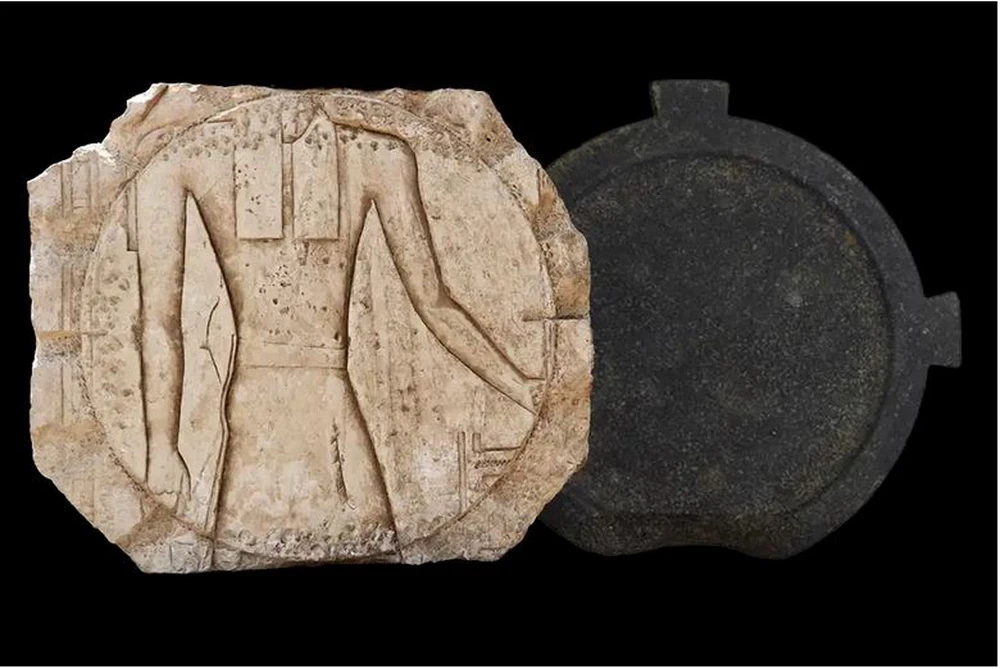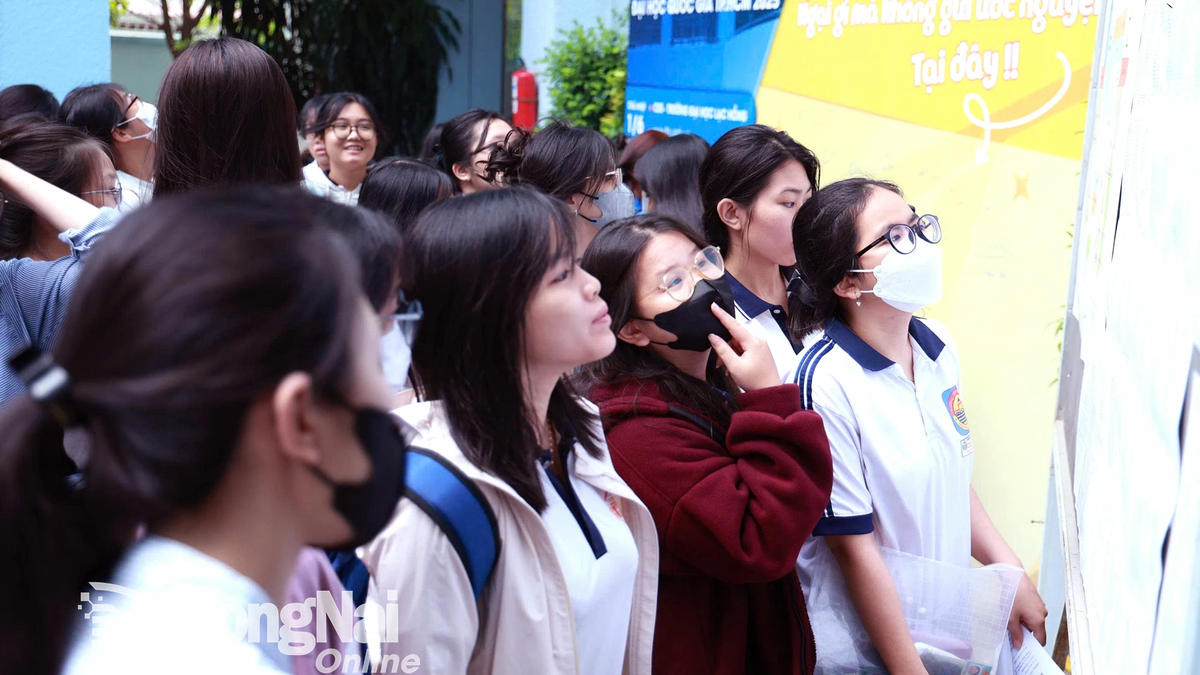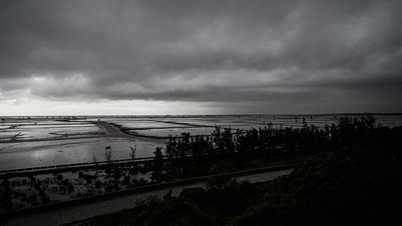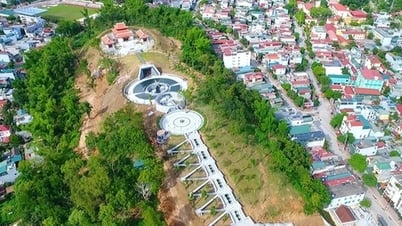
An astronomical observatory dating back to the 6th century BC has been discovered in Kafr El-Sheikh province, in the Nile Delta region of northern Egypt, the Egyptian Ministry of Tourism and Antiquities said on August 23.
The ministry's statement said the observatory at Buto Temple at the Tell El-Faraeen archaeological site in Kafr El-Sheikh province is considered one of the first and largest observatories of its kind.
This mud-brick observatory played an important role in observing and recording astronomical phenomena, as well as the movements of the Sun and stars.
The discovery further confirms the profound astronomical knowledge of the ancient Egyptians, including the ability to determine the solar calendar and important religious and agricultural dates, said Mohamed Ismail Khaled, Secretary General of the Supreme Council of Antiquities (SCA).
The structure also provides insight into the sophisticated techniques used by the ancient Egyptians using simple tools, he added.
Among the key finds were a rare tilted stone sundial - a prominent tool for measuring time in ancient times - and the remains of a large mud-brick building, believed to be the largest of its kind from that era.
The observatory is a large structure with an L-shaped central hall, a large mud-brick wall resembling the iconic tower entrances of ancient Egyptian temples, and several storage rooms.
The head of the Egyptian Antiquities Department at the SCA, Ayman Ashmawy, said the archaeological mission also discovered a number of artifacts, including a statue from the 26th Dynasty, an astrolabe (merkhet) and many religious objects and ceramics used in daily life and ceremonies.
According to him, this discovery provides deeper insights into the scientific and religious activities of ancient Egyptians./.
Source: https://www.vietnamplus.vn/ai-cap-he-lo-dai-quan-sat-thien-van-co-dau-tien-va-lon-nhat-cung-loai-post972283.vnp


























![[Photo] National Assembly Chairman Tran Thanh Man visits Vietnamese Heroic Mother Ta Thi Tran](https://vphoto.vietnam.vn/thumb/1200x675/vietnam/resource/IMAGE/2025/7/20/765c0bd057dd44ad83ab89fe0255b783)













































































Comment (0)